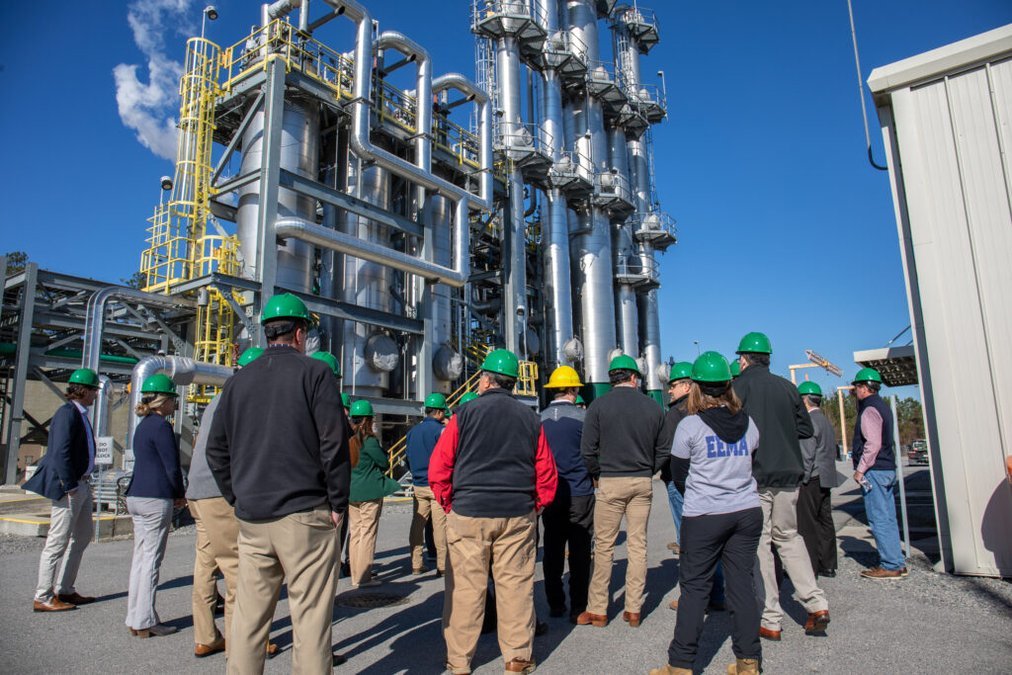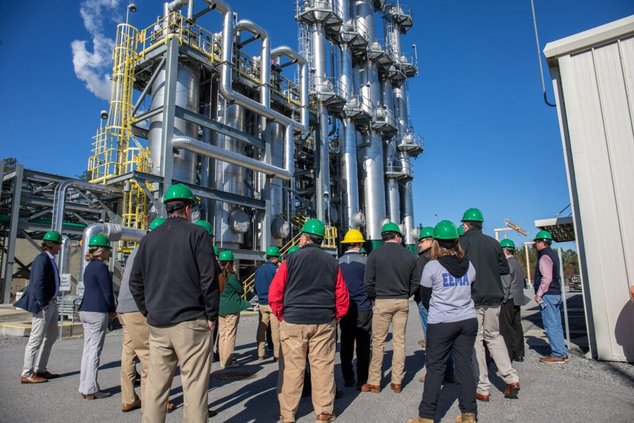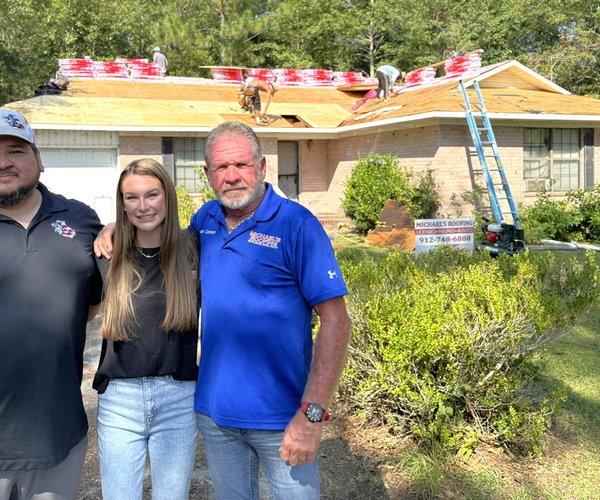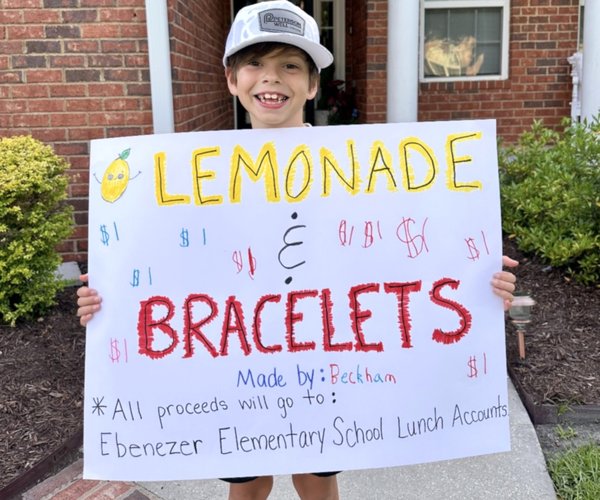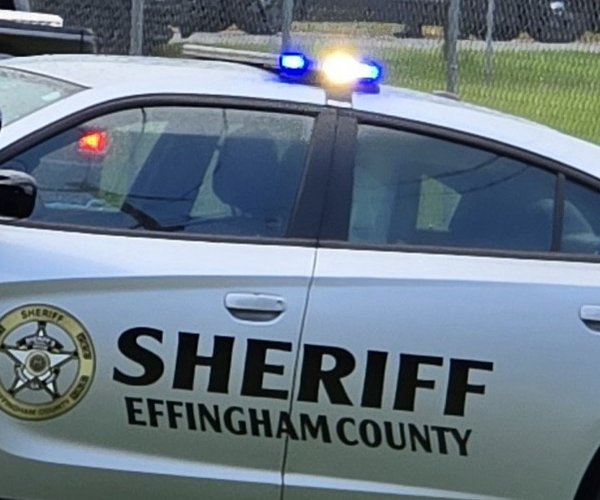By Barbara Augsdorfer, Editor for the Effingham Herald
While winds and rain during the first 10 days of March seemed to diminish the odors coming from the industrial park in Springfield where DRT is located, as of March 13, some residents have again reported the return of the smells.
Posts on the “Stop the Toxins in Ebenezer” Facebook page range from “I haven’t smelled anything this week”; to “Only briefly this morning on 21”; to “It’s horrible today – like raw sewage.”
The EPA has not released any results from its air-, soil-, and water sampling conducted in early February.
A number of officials from Effingham County, along with DRT staff and officials toured the facility on Tuesday, March 12.
“(County Manager) Tim Callanan, (Commissioner) Phil Kieffer, (Effingham County Fire Chief) Clint Hodges, (Industrial Development Authority CEO) Brandt Herndon, (Springfield Mayor) Bart Alderman, (City attorney) Ben Perkins, and Mark Johnson (DRT attorney), John Myers (DRT plant manager) and John Varonka (DRT vice president), all took the site visit,” said Springfield City Manager Matt Morris. “The wastewater (tank) has been enclosed and we didn’t smell anything.”
Morris added that DRT’s next phase is to connect a pipe to the gasses from the wastewater tanks to pump those through a scrubber inside the plant.
“We think we’ve found a solution. It’s not perfect; but it’s heading that way,” Morris said.
In regard to the “raw sewage smell” reported on the Stop the Toxins Facebook page, Morris said, “I saw that post,” and added the city will check it out to see if it’s coming from the city’s wastewater treatment plant.
In the meantime, DRT has updated answers to questions to its www.GettoKnowDRT.com page. The company sent this response to the Herald:
“MythBusters
On GetToKnowDRT.com, we consistently update our Frequently Asked Questions with the latest information, but we know not everyone has the time to read all the questions and answers. Here is our first edition of DRT Mythbusters!
Why has DRT denied the odors are coming from its facility?
Odors are part of every manufacturing process. What we have publicly stated is, if the odors affecting the community are coming from our plant, we will own that issue and aggressively work to correct it. We fully understand the concerns and, as a good neighbor, we are trying to pinpoint the source. We’ve hired an engineering firm to help us evaluate whether the odors affecting the community originate from the plant. The key right now is a methodical evaluation to determine the source.
Does DRT use other ingredients, like coffee grounds, to try and mask odors and reduce complaints?
No, we are not attempting to mask odors. If the odors affecting the community are coming from our plant, we will own that issue and aggressively work to correct it.
Is DRT only venting at night?
Our plant operations, including venting, are the same day and night. What you are seeing is steam which comes from our boiler, as well as from our emissions control system, which ensures all vapors are properly treated before they exit the plant. We run our emissions control systems even when the plant is not operating to ensure no odors are emitted. Our entire production process is also enclosed to capture all vapors are captured.
What are the loud noises coming from DRT at night?
We’ve heard the same noises, and we believe it is another company within the industrial park. The sounds are not from our facility and our plant operations are the same day and night. The loudest noise from our operations is about the same noise you’d hear from a power lawn mower and, with our 80+ acres, it’s unlikely to be heard offsite.
Does DRT use “forever chemicals,” such as PFAS or mercury?
We have never used chemicals such as PFAS or mercury in our manufacturing process.
Does DRT generate hazardous air pollutants (HAPs) in its manufacturing process?
DRT’s manufacturing process does not generate HAPs. Emissions from DRT are not hazardous – what we make is used by several consumer industries, including the fine fragrance, food and beverage, automotive, medical, and adhesive industries.
Why did DRT call the wastewater basins “temporary” if they’ve been here for eight years?
By “temporary,” we meant it was a holding area for water used in the production process until tanker trucks arrived to remove that water to another location. While the basins were enclosed in a concrete secondary containment area, they were exposed to air making them a potential odor source. In line with our commitment, we enclosed the process by piping wastewater directly to a storage tank.
You say you’ve hired an engineering firm, so why haven’t we seen them yet?
Trinity personnel have already been at the site and in the area. They will monitor and take samples on various days, at different times, including at night, and during all types of weather. Because Trinity is focused on gathering comprehensive data, we expect its report to be complete this June.
Has DRT diverted funds that could be used to address problematic odors to fund community events, like Night in Effingham, to clean up your public image?
As part of our commitment to being a good neighbor, we believe in engaging with our community and we’ve done this for several years. Our community engagement is entirely separate from our work to determine if the odors affecting the community are from our plant – if they are, we will aggressively work to address them.
Has DRT not reported safety incidents at the plant?
For the few times there have been facility emergencies, DRT has reported them to state and federal officials as necessary and as required. The health and safety of DRT employees and the community are top of mind in any emergency.”
